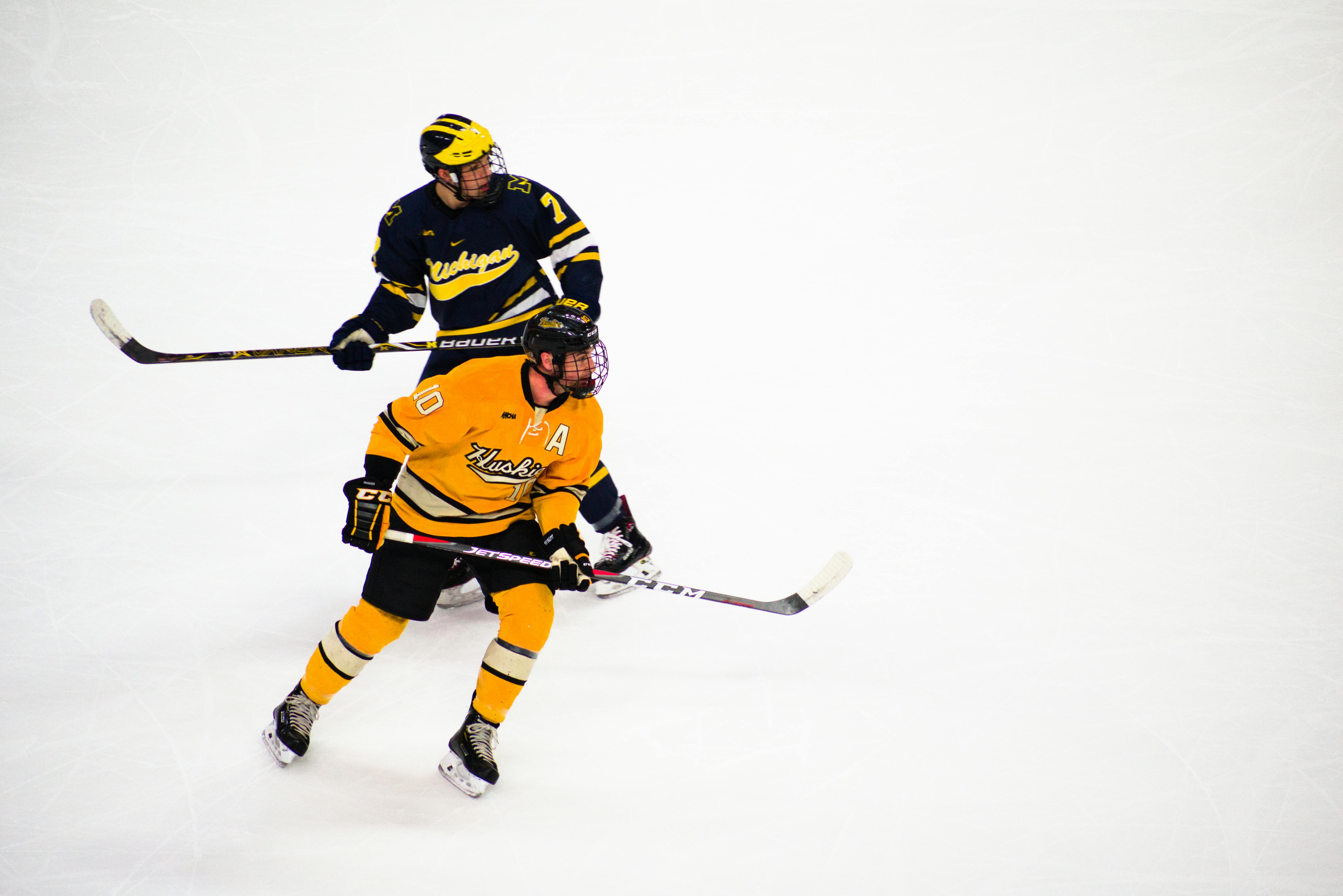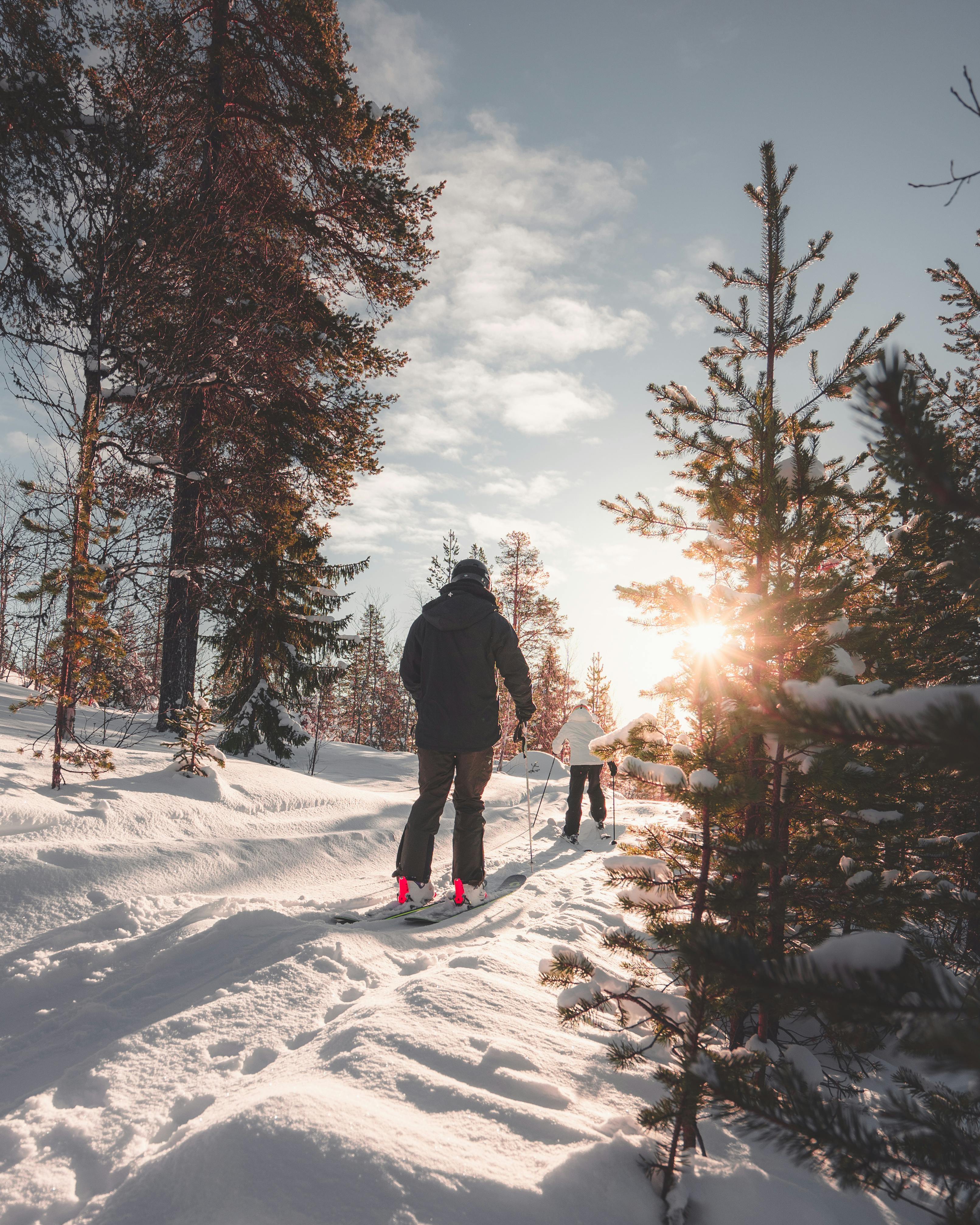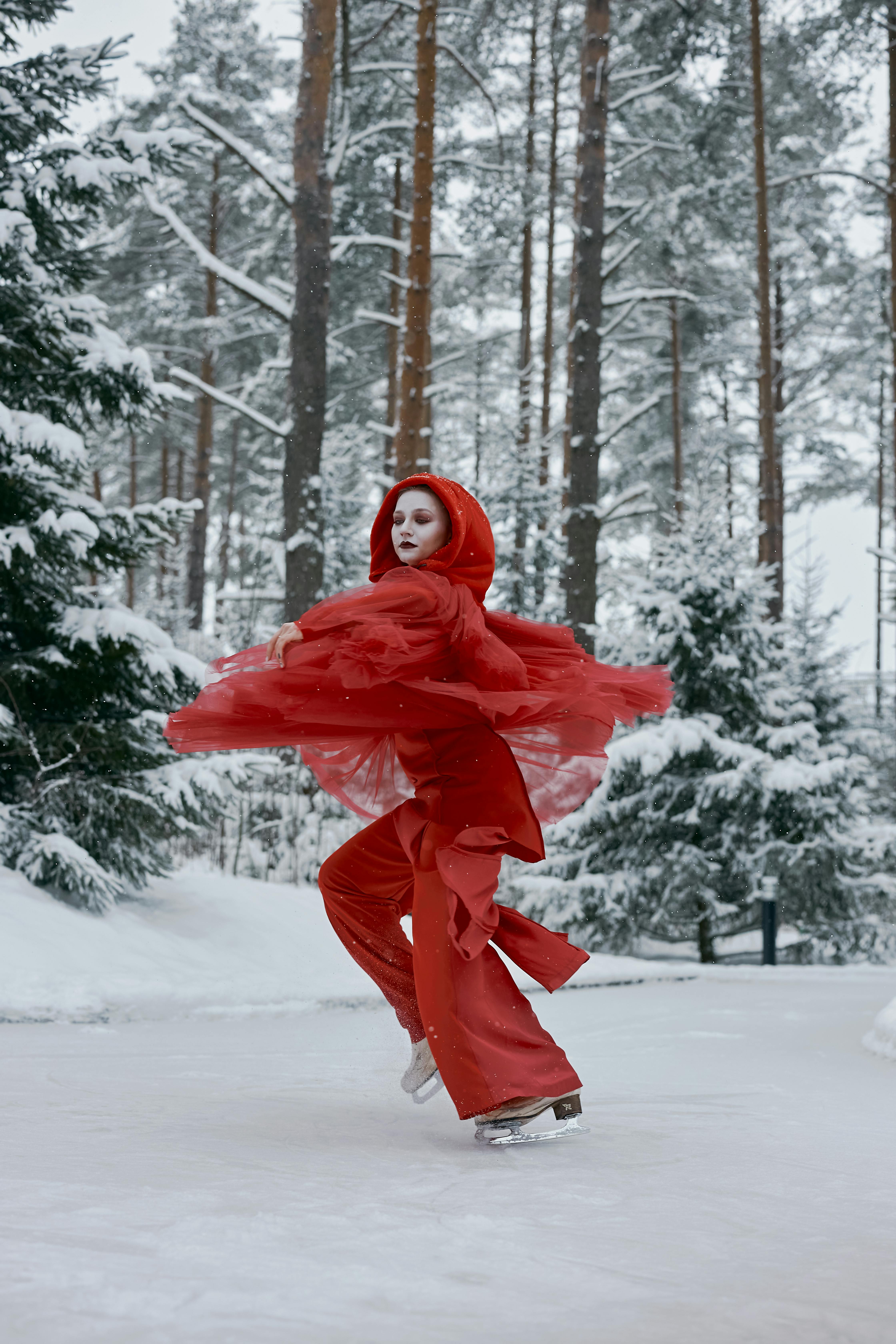Games played on frozen surfaces are traditional activities typically carried out on frozen ponds, rivers, or lakes, utilizing the slippery nature of ice. These games provide an opportunity for entertainment and social interaction, despite the harsh conditions of the winter season. Activities such as ice skating, ice hockey, and ball games on ice fall under this category. Ice games have been a part of life in regions with cold climates for centuries. In medieval Europe, particularly in Northern Europe, various games played on frozen ponds and rivers became a fun tradition among the local communities. Initially, these games were meant to entertain and bring people together, but over time, they evolved into competitive events.
The origins of games like ice skating and ice hockey trace back to the 17th century. The first ice skates, examples of early "iceskating" events, appeared in the Netherlands and spread to other parts of Europe, laying the foundation for modern ice skating. Although ice hockey originated in Canada and North America, it also began with ice ball games in Europe. The variety of ice games can vary based on local traditions and social structures.
Here are some common games and how they are played:
Ice Hockey
Ice hockey is a sport where two teams compete to score by getting a puck into the opposing team's goal. Players wear special ice skates and glide across the ice to control the puck. They typically use sticks to hit the puck, which speeds up the game and makes it exciting. Ice hockey is generally played between two teams of six players, and the game consists of three periods. Today, professional ice hockey leagues and major events like the Olympics have made the sport extremely popular.

Ice Hockey (Source: Lynda Sanchez)
Ice Skating
Ice skating is an individual sport where participants glide on the ice using ice skates. It can be done for leisure or in competitive forms such as figure skating and speed skating. Figure skating involves artistic movements and challenging stunts, while speed skating is focused on covering a specific distance as quickly as possible. This sport is typically performed on ice rinks, but frozen ponds and lakes are also popular venues.
 Ice Skating (Source: Pavel Danilyuk)
Ice Skating (Source: Pavel Danilyuk)
Cross-Country Skiing
Cross-country skiing is divided into two main disciplines: classic and freestyle, each requiring different techniques and courses. In classic style, skiers take long strides while traveling along marked trails, while freestyle involves faster, skating-like movements. Races can range from 400 meters to 50 kilometers, with 12 events in the Winter Olympics. Skiers can enhance their speed by selecting the right wax. Competitors must have strong technique and endurance, with physical training through skiing in winter and other activities like cycling, running, and skating in summer. The courses include uphill sections and rugged terrain, and penalties may be given for incorrect techniques or obstructing competitors. Classic skiers use techniques like the diagonal stride and double-poling, while freestyle skiers increase speed by spreading their skis like a skateboard.

Cross-Country Skiing (Source: Gustav Lundborg)
Figure Skating
Figure skating is a sport and form of entertainment that dates back to ancient times. The first skates, made from animal bones, were found in archaeological digs. In the 14th century, Dutch saint Lidwina was recorded as the first known skater. The development of the sport began in the mid-18th century in Britain, with the establishment of the first skating club in Edinburgh in 1742. Rules were established in 1772, and technical advancements were made in the 19th century. American ballet dancer Jackson Haines introduced artistic figures to skating. In 1892, the International Skating Union (ISU) was founded, and in the 20th century, figure skating developed technically with the inclusion of jumps. The Salchow jump, invented by Ulrich Salchow between 1901-1911, revolutionized the sport. Figure skating was included in the 1908 London Olympics and became an official sport at the 1924 Winter Olympics. In Turkey, the Turkish Ice Sports Federation was founded in 1991, and figure skating became organized as an independent federation.
 Figure Skating (Source: cottonbro studio)
Figure Skating (Source: cottonbro studio)
Modern Ice Games
Today, ice games remain popular, but with technological advancements and improved infrastructure, these games are now played more organized. Professional ice hockey, figure skating, and speed skating are major sports in international events and the Olympics. Additionally, these games are regularly held in winter sports centers and artificial ice rinks. Traditional games such as ice skating races and small ball games are still commonly played. During winter holidays, families and friends come together to enjoy ice activities. In conclusion, ice games, which developed in cold climates, have survived to the present day. These games play a significant role both as social events and professional sports. In the modern world, ice games are not only a way to pass time but also recognized as international sports.


